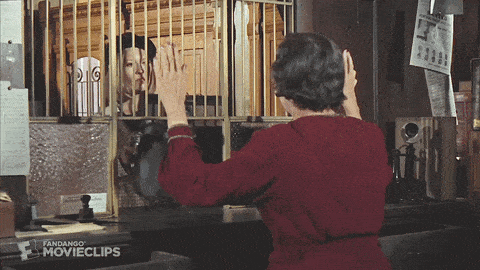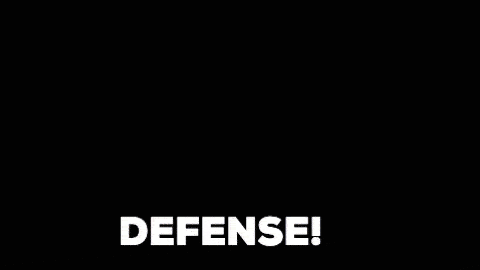



Hi, and welcome back! Have you ever wondered if you were an aggressive person? You might think being aggressive means physically attacking someone, but that’s not always the case. There are different types of aggression with varying characteristics. We prepared a simple test to help you figure out what kind of aggression you display.
Before you dive into the quiz, we are going to answer the following question: what are the different types of aggression? We are going to explain what is instrumental aggression and reactive aggression, amongst others.
Instrumental aggression is the type of behavior planned in advance and used as a means to an end. This kind of aggressor wants to achieve a goal, not cause pain. They aren’t interested in hurting anyone, but they will if that’s what it takes. A person displaying instrumental aggression is self-serving and concerned only about their best interests.
A good example of instrumental aggression would be a child forcibly taking another child’s toy or a bully taking his classmate’s lunch money. In both cases, the aggressor is interested in gaining something and uses aggression to do it. Their main goal isn’t to hurt their victim, but to get what they want.
A robbery is another example of this type of aggression. The thieves want the heist to go smoothly and to get their money, generally without hurting anyone. However, they will put themselves in a favorable position with weapons and leave their victims with emotional scars at the least.
Hostile aggression is a purposeful type of aggression. The intent is to hurt someone physically, mentally, emotionally, or verbally. There is no other reason for this kind of behavior but to impose pain.
Beating someone up or inflicting another kind of physical hurt is a fitting example of hostile aggression. Spreading vicious rumors, calling someone names, making fun of another person, or threatening them can also be called hostile aggression.
Reactive aggression is aggressive behavior in response to a perceived threat, provocation, or frustration. The goal is to eliminate that threat. Reactive aggression tends to be justified, but that doesn’t mean it’s a correct answer to your issues.
An example of reactive aggression can be a dog attacking someone who made a gesture the dog interpreted as hostile. Another example is a person defending themselves from a mugger. If a child steals a toy from another child and this child responds by hitting them, it is also reactive aggression. Anger expressions and temper tantrums are typical.
Proactive aggression is a type opposite to reactive aggression. It is the type of activity that occurs without provocation. That type of aggressor is deliberate in their efforts and acts with a goal in mind, similar to instrumental aggression. Their credo could be “I’m going to get you before you get me!”
A dog attacking someone walking by for no reason is an example of proactive aggression. A teenager talking other teens into “ganging up” on someone to get that person to comply with their demands is also proactive aggression. Bullying, domination, teasing, and name-calling are characteristic of this type.
We can differentiate several types of aggression depending on the criteria we apply. There is direct and indirect aggression, for example.
Direct aggression includes behaviors such as physical assault, verbal attacks, and threats of harm. This type of aggression is pointed toward the source of the aggressor’s anger. The source is clearly identifiable. One person pushing or otherwise physically attacking another is an obvious example of this kind of behavior.
Indirect aggression involves a third party and a roundabout approach to causing someone hurt. Non-physical acts of cruelty, meanness, or offense would be an example of indirect aggression. A person spreading nasty rumors around the office behind their coworker’s back is indirectly aggressive behavior.
Accidental aggression is usually not intentional and may be the result of carelessness, being in a hurry, or not paying attention to what’s happening around you. Accidentally stepping on someone’s foot or bumping into them is an example of accidental aggression. You didn’t mean to hurt that person, but it happened.
This type of aggression is common in children in particular. When they play, they can be aggressive without meaning to. A good example would be a child accidentally knocking over another child while they run around or perhaps grabbing their friend too hard.
Expressive aggression is a bit similar to accidental aggression. It’s intentional behavior but not meant to cause harm. A child kicking around sand or destroying things is displaying expressive aggression. The sense of enjoyment they get might overshadow the consequences of their actions. Though their behavior could be upsetting or frustrating to other people, causing someone pain is not their goal.
Are you ready to find out what category of aggressive person you are? Take the quiz we have for you and discover your type! Hopefully, you’ll be able to sort out your behavior.